Blog - EXPERTISE & INNOVATIONS - Solid State Relays - SSRs vs EMRs
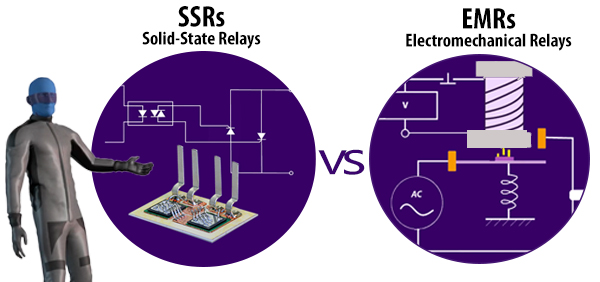
Solid state relays are switching devices made with electronic components. We use the word «relays» by analogy with electromechanical relays which have galvanic isolation of the control circuit and the switched circuit. “Solid state” refers to the fact that these devices do not have moving parts.
A study on worldwide relays market founds the market size of solid state relays continues to gradually increase every year. What are the reasons? Relays are not a significant expense in the manufacturing process while down time is! Consequently, higher-cost solid state relays have an advantage over lower cost electromechanical relays in industrial automation applications due to higher reliability and longer life, but these are not the only advantages….
Do you want to know what are solid state relay (SSRs) advantages over electromechanical relays (EMRs) ? Throughout this article, we will give you the key advantages of using a solid state relay.
During initial operation, both types of relay show similar levels of reliability. Over time, however, the solid state relay will gain the edge due to its main advantage: there are no moving parts.
Solid State Relays employ semiconductor switching elements (such as thyristors), for no-contact operation. Solid-state Relays are not very different in operation from Electromagnetic Relays. Solid state relays, however, consist of electronic parts with no mechanical contacts. It means that Solid state relays do not have moving mechanical parts subject to wear and tear or deformation. When used well, a solid state relay has a lifespan 200 times longer than that of an electromechanical relay (EMR), under normal operating conditions, but this is very much application dependent.
Lifespan 200 times longer
Solid State = no moving parts = no wear or deformation

SSRs allow the switching of large loads with very low input power. A low level logic signal (TTL) can activate a 125A switching solid state relay. Some of our SSRs have an internal current regulator so that the required current would normally be < 10mA.
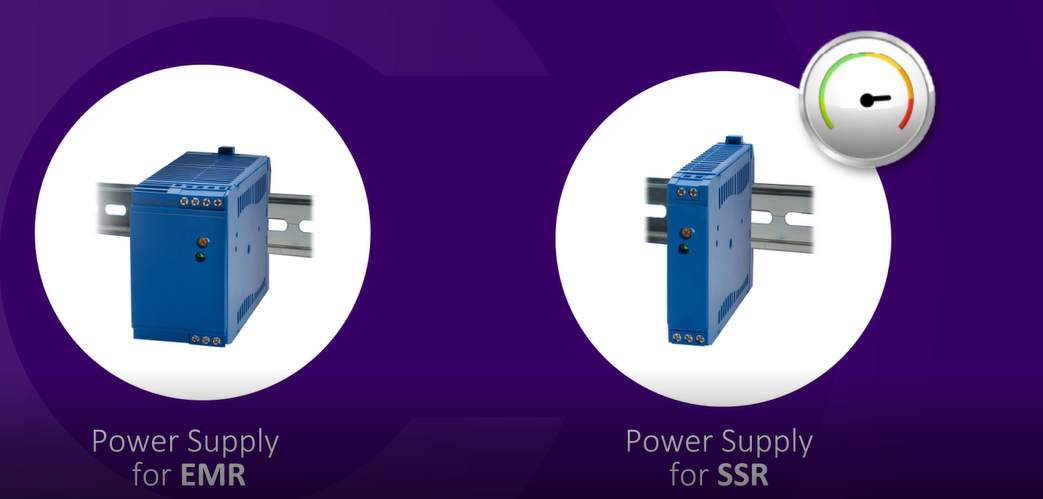
Solid State Relays are silent! This is beneficial in some applications, such as medical or domestic uses, as well as other areas where quiet operation is desirable. The EMR make an acoustical noise during switching. This can create issues and in a lot of cases disqualifies the EMR to be used in these applications.
The Solid State technology does not generate acoustic noise while the outputs are changing
state. This is a very important advantage !


SSRs do not have moving parts and are not as sensitive to physical shock and vibration. So this must be considered in designs where physical movement is expected. This is the case for Railway applications and most of the Industrial applications.

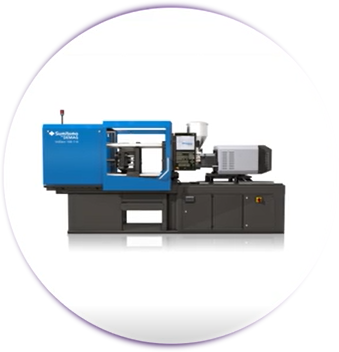
A high switching capacity allows a very high degree of accuracy for regulation (temperature, etc.). With an SSR, fast switching reduces hysteresis and then allow an accurate temperature control.
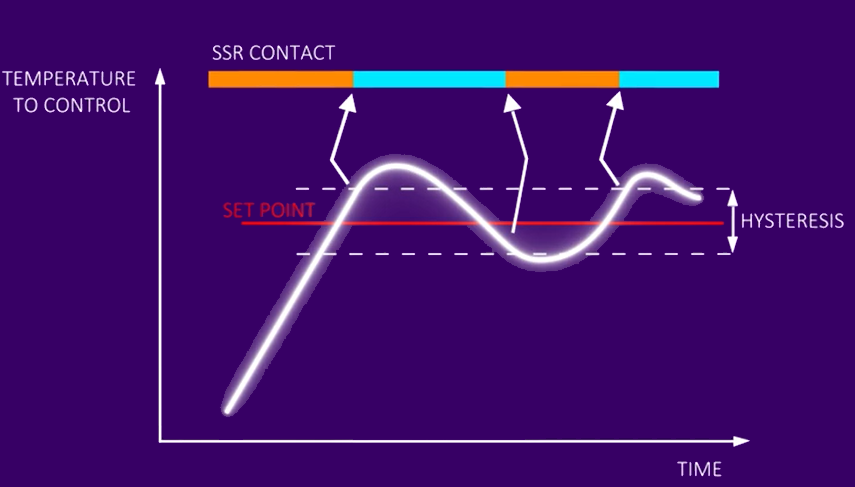
With Solid State technology, you can have a precise choice of the switching moment.
We are offering Zero-cross SSRs as well as Random SSRs.
With Zero-cross SSRs, power switching takes place only at the beginning of the alternation after the control has been applied. In fact, switching the power component is only permitted in the area around the zero-crossing.
Random turn-on relays are used in phase control circuits because the turn on point is determined by the timing of the control to the relay’s input (max 100usec delay). Turn off point is when the current goes through zero. This control is obviously not possible with an EMR.
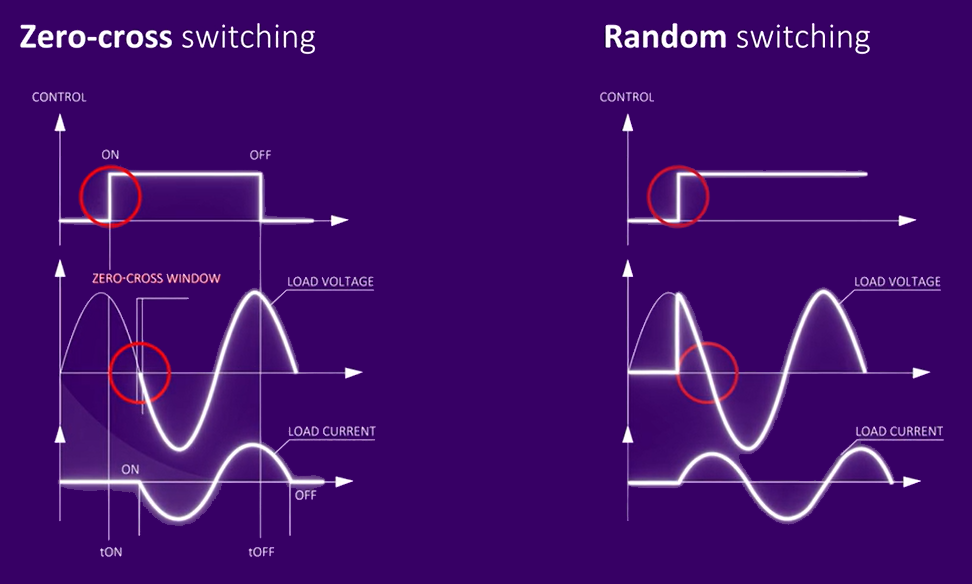
Solid State Relays offer more possibilities in terms of diagnostics, protections and communications.
Using celduc’s solid state relays and contactors, you can indeed achieve faster, better, and cheaper when considering total cost of ownership. Our solid state relays are reliably performing solutions that contribute to application longevity, so you rarely have to worry about servicing, repairing, or replacing them once they’ve been installed. Our motto is … “install it, forget it”